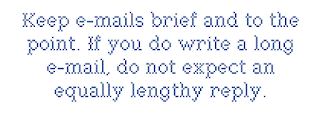Reading Takeaways (14/1)
In Blikstein's article "Digital Fabrication and 'Making' in Education," he writes about why we need digital fabrication labs in schools. He argues that while maker fairs and expos encouraged students to use digital technology, robotics, and circuitry creatively, they didn't have a space to continue to practice this after the event. I also found it interesting that one of his goals in creating digital fab labs was to make it more gender-neutral and inviting. He did this by creating the space as a lab where students could try something entirely different and high tech or simply add layers of digital fabrication to things they were already working on.
I think this idea of adding technological layers to everyday materials is essential to making the digital fabrication lab inviting. If students have traditional materials available to them in the lab that they can enhance with digital technology, hopefully they will feel more comfortable with playing and experimenting with materials in the lab.
Along with this, I also took away from this reading how important it can be to the arts for the maker space to also be accessible and inviting to other teachers in schools. Blikstein writes that digital fabrication labs are mostly used with integrative projects in math or science, but he tells the story of a history teacher who had her class design historical monuments for women in history using the laser cutter. When the possibilities of the technology in the fab lab and the resources available are shared with the whole school, it may encourage other teachers to reach out to collaborate and learn some of the tools themselves.
So while fab labs are often associated with STEAM, they can continue to play a role and bridge art making with subjects besides math and science as well. I also think tinkering is an easy bridge between play with traditional materials and play with digital technology. I was even nervous about trying circuity out last week, and I think I've always been intimidated by maker spaces because I felt like I would do something wrong or mess something up if I didn't know what I was doing. Playing with circuitry last week taught me that you can play around, mess up, and problem solve with these materials in the same ways you can with traditional materials.


Comments
Post a Comment